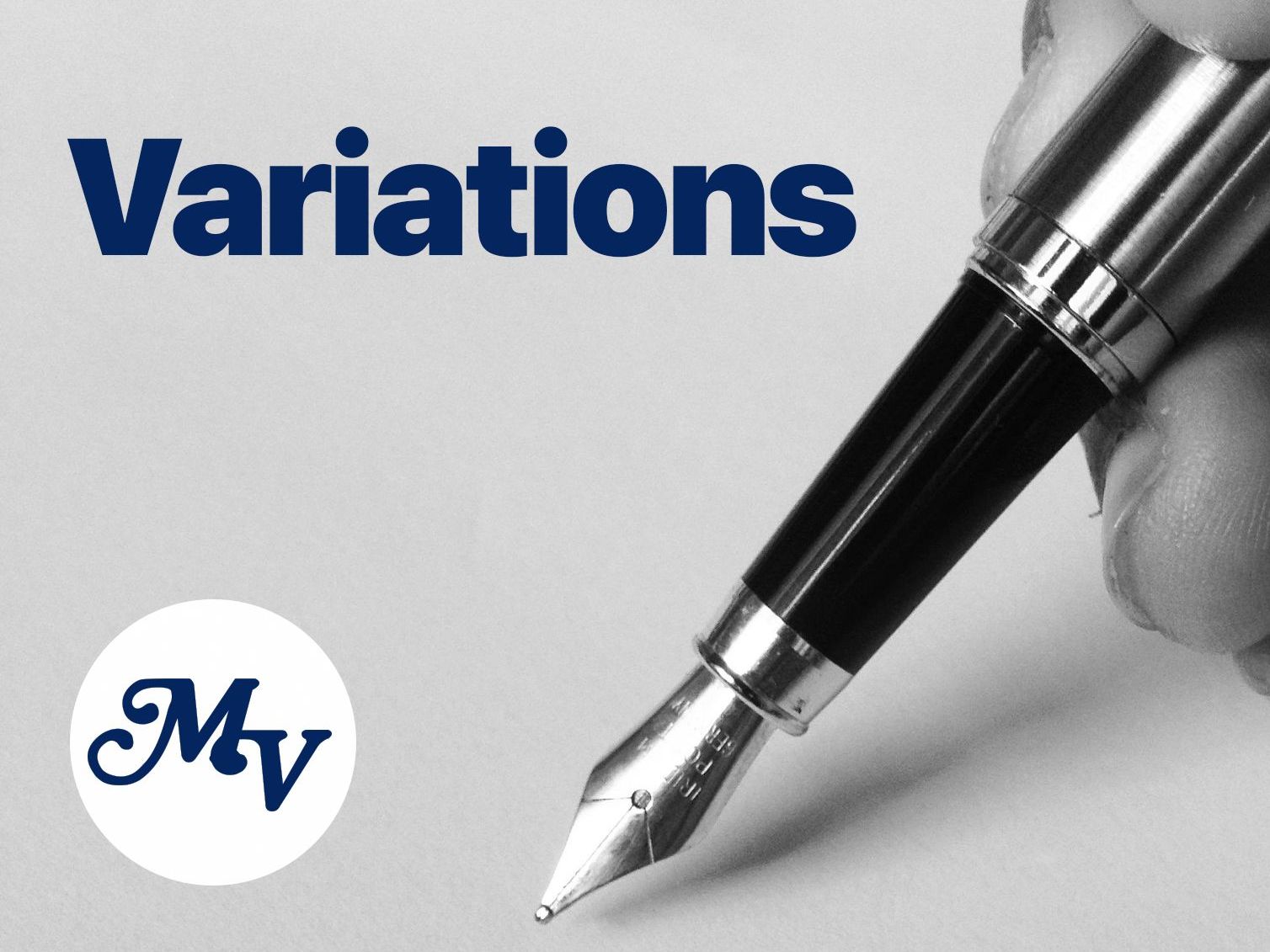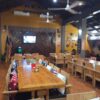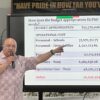
BC Cook
IT is called the D-Day of the Pacific but does the invasion of Saipan by American forces in June of 1944 really deserve that nickname? Yes, it does for several reasons. Let’s look at why the battle of Saipan was a major turning point in the Second World War.
Had the battle of Saipan taken place in any other month it would be much more famous than it is. But an even more famous invasion was underway just then: the allied invasion of Normandy, France that would eventually lead to the downfall of Hitler’s German empire. So, in the battle for headlines and pages in history books Saipan could not compete with Normandy, but that does not make it any less important.
By the summer of 1944 the war between Japan and the United States had been raging for two and a half years. In that time the Americans had perfected the methods of attacking an island and the Japanese had perfected those of defending one. The forces involved and the casualties inflicted were some of the largest of the war. The Mariana Islands are relatively close to Japan, within their inner defense zone, so both sides knew the stakes. Saipan brought about three major changes in the war.
First, Japanese naval power was devastated. With the newly built, post-Pearl Harbor fleet ready for battle, the American leaders hoped to lure the Japanese fleet into a final showdown that would rid the Pacific of a strong Japanese naval presence. They got their wish. Saipan was such an important base that the Japanese navy fought to defend it, only to be ravaged by the larger American forces. In what came to be called the Great Marianas Turkey Shoot, over 300 Japanese planes were shot down in a single battle. The Japanese navy limped away to fight another day but it could not foil American plans after Saipan.
Second, American bombers could now attack Japan. From their bases in the Marianas American bombers could hit the Japanese mainland at will. Until Saipan the Americans were unable to do any damage to Japan itself, other than a few nuisance attacks like the Doolittle Raid. All of the fighting had taken place outside that country. However, with the new B-29 bomber, the Americans could strike nearly every Japanese city from bases on Saipan, Tinian and Guam. Until Saipan, the Japanese worried little about air defense and protecting civilians. Now these received top priority but it was too late.
Finally, Tojo and his administration fell as a direct result of the loss of Saipan. The primary role of a government is to see to the safety and well-being of its people. With the loss of Saipan, Prime Minister Hideki Tojo could no longer guarantee either of these things. As long as the war was waged in the far reaches of the Pacific, Tojo could claim that he was protecting the Japanese people. Saipan changed that. It was dangerously close, and the bombing attacks began within weeks of its capture. After the fall of Tojo, the Japanese government fell to fighting between two major factions. The first argued that Japan must see the war through and go down fighting. The second group thought that continued resistance was pointless and could result in the complete annihilation of the Japanese people. The two groups bickered for the next year until the atomic bombs rendered the argument moot.
Saipan brought all of this about. It truly was the D-Day of the Pacific.
Dr. BC Cook taught history for 30 years and is a director and Pacific historian at Sealark Exploration (sealarkexploration.org). He currently lives in Hawaii.











